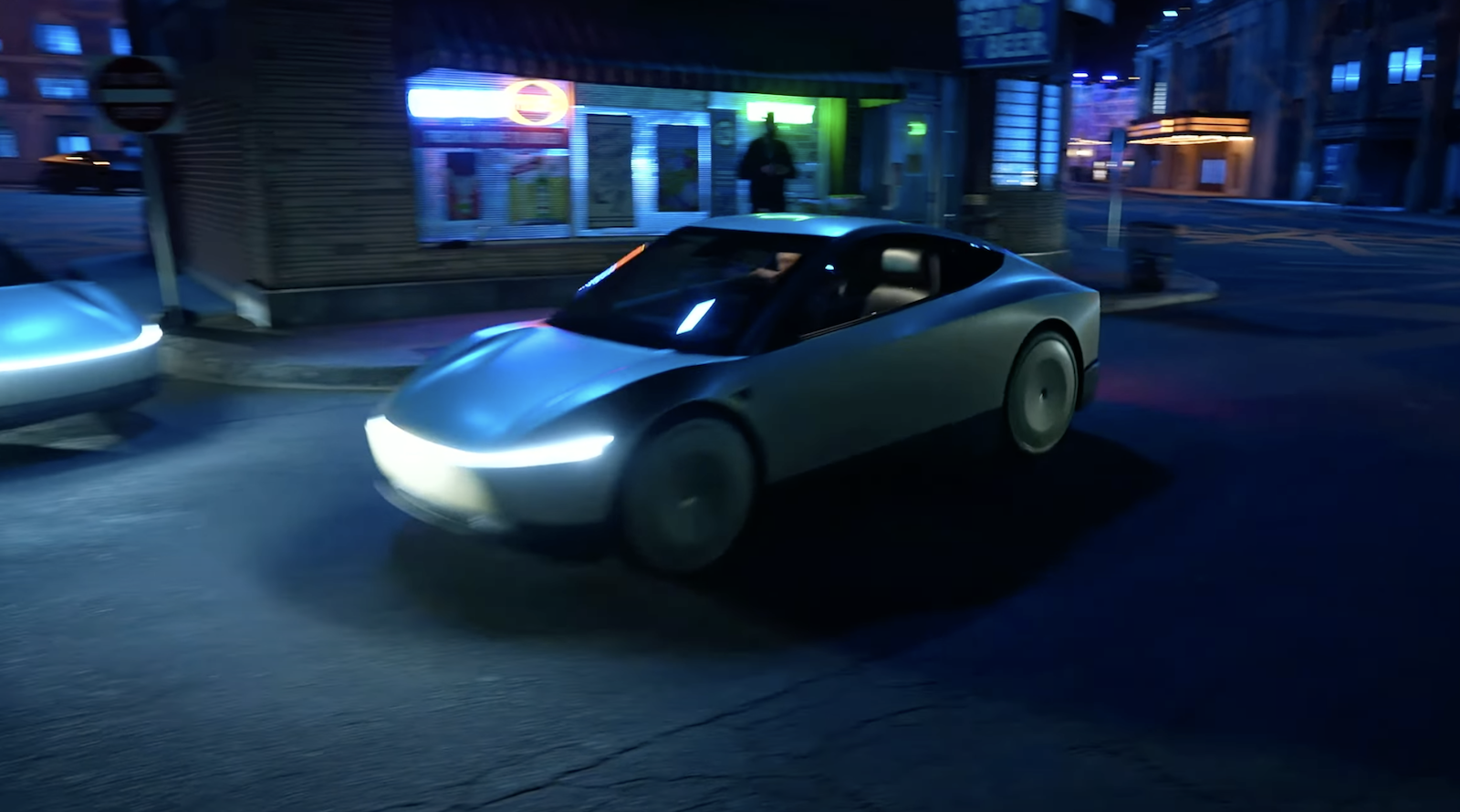Sign up for daily news updates from CleanTechnica on email. Or follow us on Google News!
Interest in electric vehicles is strong among U.S. drivers — including drivers who live in rural areas. That’s great news, because swapping gasoline and diesel vehicles for EVs is an essential strategy to reduce local air pollution and climate change emissions from transportation.
One factor helping rural interest is the increasing variety in available electric models, including models that can meet the mobility and utility demands of rural drivers. Even for people who love their trucks, there are now multiple pickup options to choose from.
Are Electric Vehicles Practical In Rural Areas?
Rural drivers tend to put their vehicles through intense use on a regular basis, relative to drivers in more populous areas. Plus, alternative mobility options such as transit and active transportation are often not readily available. For this reason, rural drivers tend to rely on a personal vehicle to get around, and they could have particular performance and utility criteria to consider when selecting a vehicle.
Rural drivers need to think through many of the same charging-related questions as any driver does—check out those questions and answers here. At the same time, rural drivers are more likely to have additional considerations to think through. Here are five more questions answered for rural drivers:
1. What if my driveway or garage doesn’t have a power outlet to charge my EV at home?
Rural drivers may have a leg up when it comes to EV charging access at home. That’s because most rural residents live in single-family homes and own their homes, circumstances that tend to make it more straightforward to plug into an existing garage or outdoor power outlet or to have a power outlet or charging station installed. If your home lacks an electric circuit serving the garage, carport, or driveway—wherever you usually park—there are a few options. One option is to extend your existing electric service out to your parking space. Most EV chargers, including residential models, are rated for outdoor use, so EV parking need not be covered.
An additional option is to install a second (separate) electric service for EV charging. Whether you opt for an extension or a separate service will depend on factors including the cost of installation for each alternative. Rural households should also consider how many EVs they will need to charge and whether it is advantageous to have those loads on a separate service that is eligible for favorable electricity rates. For example, if the rural household has multiple EVs or electric farm equipment, a second service may make the most sense, particularly if separate metering is required to access an EV-specific, time-of-use electricity rate that provides the opportunity to save by charging at cheaper, off-peak times.
2. Will I have to charge more when I tow/haul?
The instant torque an EV delivers can really come in handy when you need to accelerate while pulling a trailer (or doing some off-roading). As with internal combustion engine vehicles, the added weight of whatever you’re hauling will require more energy to move than the vehicle needs by itself. A trailer with a large cross-sectional area can add to the additional energy required to haul stuff, particularly at higher speeds. Because more energy is needed to move the load, an EV’s range will decrease when the vehicle is used for towing and hauling, depending on the load’s size and the vehicle’s driving speeds. So you will have to charge more frequently when you haul or tow in an EV, just as you would have to fuel more in an internal combustion engine vehicle. The good news is that getting up to speed to merge onto the highway in your EV will be a breeze, even while towing.
3. Will I have to charge more in cold weather?
All cars are less efficient in cold weather, so all need more energy to go the same distance at low temps. The actual reduction in range — for gasoline or electric — depends on the vehicle itself, what kind of driving is done (e.g., stop-and-go or highway flow), and how low the temperature is. For EVs, a key reason for reduction in range is the use of battery energy for thermal management: both warming the battery for its health and performance and conditioning the inside of the car for the comfort of the occupants.
Whether reduced range from cold means you need to charge more frequently depends on how much you drive and how frequently you usually charge. If you have daily driving needs well within the range of your vehicle’s battery (EVs are averaging nearly 300 mile ranges these days) and you usually charge every day or so as part of your routine, then you likely won’t have to charge more frequently than you’re used to doing. You’ll just need a bit more energy during each charging session.
If, on the other hand, you regularly drive long distances and/or aren’t used to charging very regularly, then you may have to work some extra charging sessions into your routine. Luckily, ranges for newer EVs are such that most drivers will fall into the first category and may not even notice the impact of cold weather on their EVs’ efficiency. If you will need to charge more frequently, current and planned investments from both government and private sectors are making away-from-home charging more convenient every day. Plus, innovations, such as using heat pumps to warm the car cabin, are closing the gap on the cold weather performance of EVs.
4. Can an electric vehicle battery charge other things?
Yes, most EVs can power other devices that use electricity. There are three main ways to do this through bidirectional charging. One option is to plug a device into a power outlet on the vehicle, and many newer EVs have this feature. Some utility vehicle models even have high output outlets, like the kind a clothes drier would use. In addition to the driving performance itself, features like power outlets make EVs great work vehicles: they eliminate the need for a portable electricity generator at a worksite. That is especially important if the portable generator you would otherwise use runs on dirty diesel or gasoline.
EVs may also be set up to bidirectionally charge your home, which has the added benefit of providing back-up power in the event of a grid power outage. The Ford F-150 Lightning, for example, advertises the ability to power a home for three to 10 days (depending on power rationing) in the event of a grid outage. If paired with solar, your home has the potential to operate as an island, independent of the main grid. Because EVs are a battery on wheels, they can be driven to places without power to provide electricity, even an off-the-grid cabin.
You could choose to go a step further can feed electricity back to the grid. That can be very helpful when the grid is stressed, such as during an extreme weather event, and participation usually earns you a payment or incentive. Notably, both the vehicle and charger need to be configured for bidirectional charging. Bidirectional chargers are commercially available, and more and more automakers are planning to incorporate bidirectional charging capabilities into their EV offerings every year.
5. How can I manage my charging costs?
To begin with, EVs have lower fueling and lower maintenance costs than gasoline and diesel vehicles do. So, although your electric bill may go up when you switch to an EV, transitioning from your gasoline or diesel vehicle to a comparable EV will reduce your overall household costs. An EV will save you more and more money over time because you will no longer be paying higher costs at the pump or the repair shop.
To further manage your charging costs, you should make sure to fit your vehicle size and capabilities to your lifestyle and needs. This may save you on the up front cost of the vehicle (bigger truck, higher MSRP), as well as its operating cost: The size and performance of an electric truck can come with an efficiency tradeoff (just like bigger gasoline trucks get fewer miles per gallon). In other words, bigger EVs, like pickup trucks, require more electricity and cost more to charge than smaller EVs do to get around over the same distance. Four-wheel drive also requires a marginal increase in energy use. Still, electric trucks are better for the environment and have lower fuel costs than their gasoline counterparts.
Another strategy for managing costs is smart charging. Also known as managed charging, smart charging takes advantage of the flexibility most people have in when they charge to shift charging to lower cost times of day. To get this benefit, you do need to be on an electricity rate that charges different prices based on how much energy is demanded from the grid and how many renewables are online at different times of day. On those time-varying electricity rates, charging costs less for off-peak or high renewable times for the grid. If you are on such a rate, typically you can save by charging in the middle of the night instead of in the evening, for example.
You may also be able to save on upfront, charging-related costs by taking advantage of incentives for installing charging at home. Your local utility may offer support for electric vehicle supply equipment (EVSE, aka a charger) or other needed upgrades at your location. In addition, the updated charging and fueling infrastructure tax credit (30C) specifically targets EV charging support (30 percent of the infrastructure cost up to $1000) to low-income and non-urban households. The IRS has yet to determine the exact definition of “non-urban” for the purpose of 30C eligibility, and UCS and our allies have been advocating for a definition that is appropriately inclusive of rural drivers.
Even with the cost of chargers and charging, UCS analysis shows that rural drivers stand to save quite a bit overall when swapping a gas model for an electric model. With so many models to choose from, now might be the right time for you to make the switch!
Courtesy of Union of Concerned Scientists, The Equation. By Samantha Houston, Senior Vehicles Analyst
Have a tip for CleanTechnica? Want to advertise? Want to suggest a guest for our CleanTech Talk podcast? Contact us here.
EV Obsession Daily!
I don’t like paywalls. You don’t like paywalls. Who likes paywalls? Here at CleanTechnica, we implemented a limited paywall for a while, but it always felt wrong — and it was always tough to decide what we should put behind there. In theory, your most exclusive and best content goes behind a paywall. But then fewer people read it!! So, we’ve decided to completely nix paywalls here at CleanTechnica. But…
Thank you!
Community Solar Benefits & Growth
CleanTechnica uses affiliate links. See our policy here.



